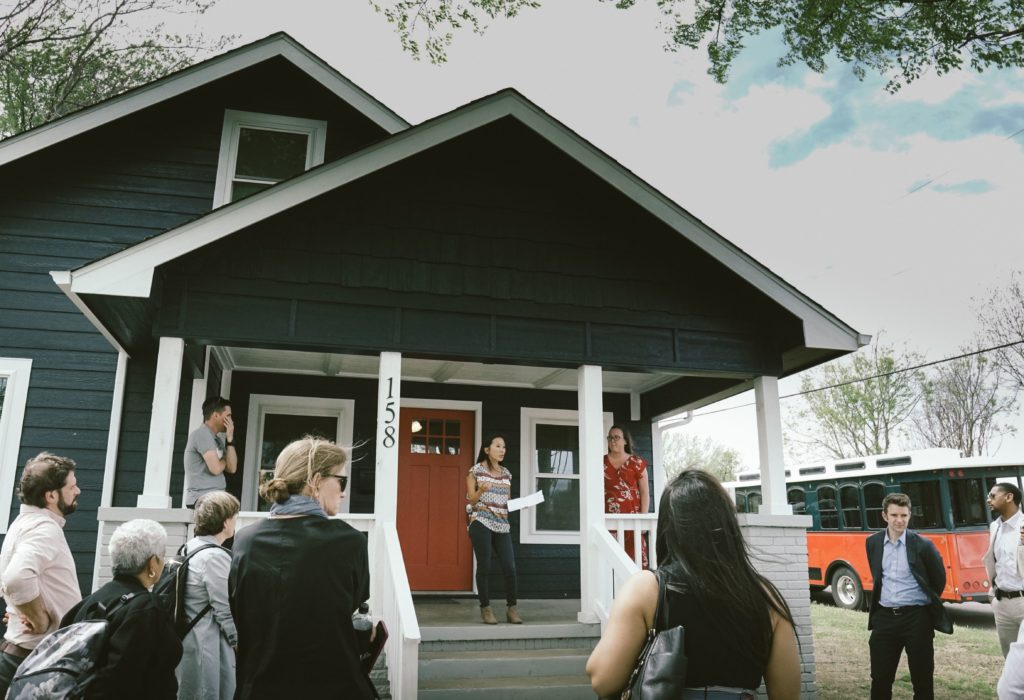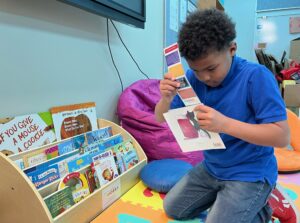Since 2011, Growing Together has been committed to making changes and implementing programs that help create healthy neighborhoods for children. Currently serving the Growing Together neighborhood, this organization has seen significant changes and improvements in the areas of education, housing and community vibrancy with the potential to grow and expand to different Tulsa neighborhoods.
Education
When Growing Together launched under CAP, education was a top priority. The goal: to build a seamless A+ educational pipeline that promotes early childhood learning through high school graduation. Since the program began, Growing Together has brought groups such as City Year and Reading Partners into Kendall-Whittier neighborhood schools.
As a result of identifying specific needs, successfully implementing programs and providing recourses for schools, here are some measures of success the organization has seen:
Increase from 25th to 50th percentile ranking in elementary schools in reading & math
Increase from 46% to 95% graduation rate at Rogers High School
209% increase in the number of Latinos with a bachelor’s degree
53% increase in the number of Latinos who are high school graduates
Quadrupled the number of volunteers annually in our schools
Doubled enrollment in Pre-K from four classes (2010) to nine (2020)
Housing
One way to provide different cultural experiences for children living in an underdeveloped neighborhood? Introducing mixed-income housing to attract economically diverse families. Because we believe that every child deserves quality housing, Growing Together has partnered with organizations such as Habitat for Humanity, Capital Homes and GKFF to create quality housing options from new construction homes to apartments.
As a result of building active partners in the housing space, here are some marks of success:
381units of new or remodeled
300+ additional units in the next three years
Control nearly 65% of all multi-family rental
From 2011-2017:
24% increase in owner-occupied vs. -4% for Tulsa
7% decrease in renter-occupied vs. 12% increase for Tulsa
36% increase in homeownership rate vs. -3% for Tulsa
Vibrancy & Inclusive Growth
Community vibrancy is the result of having an excellent education pipeline as well as mixed-income housing options. This leverages community assets to promote good quality of life with access to food, commerce and enrichment.



